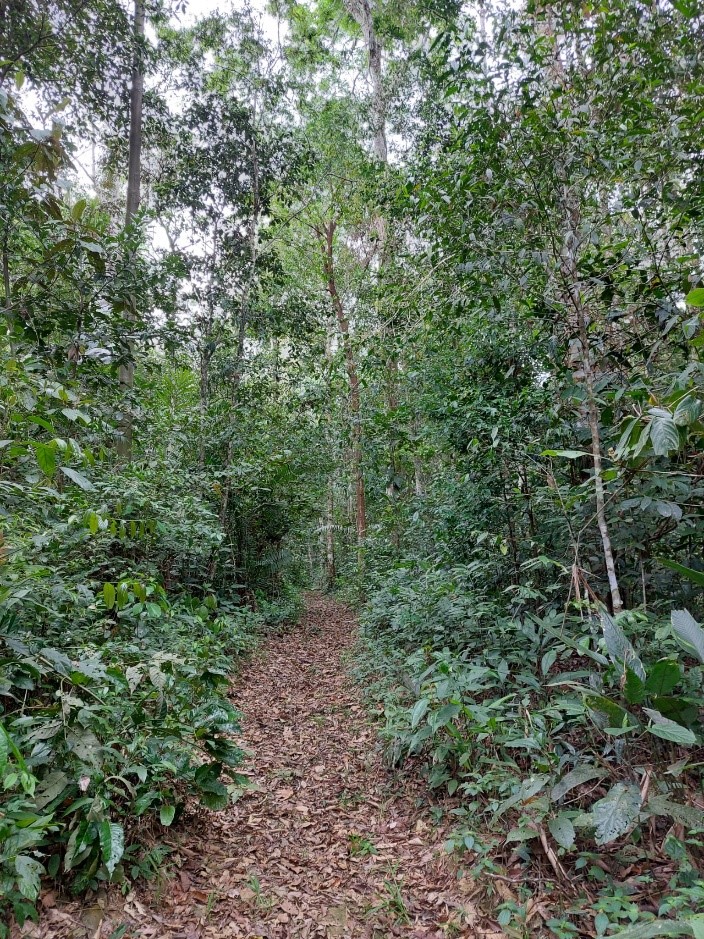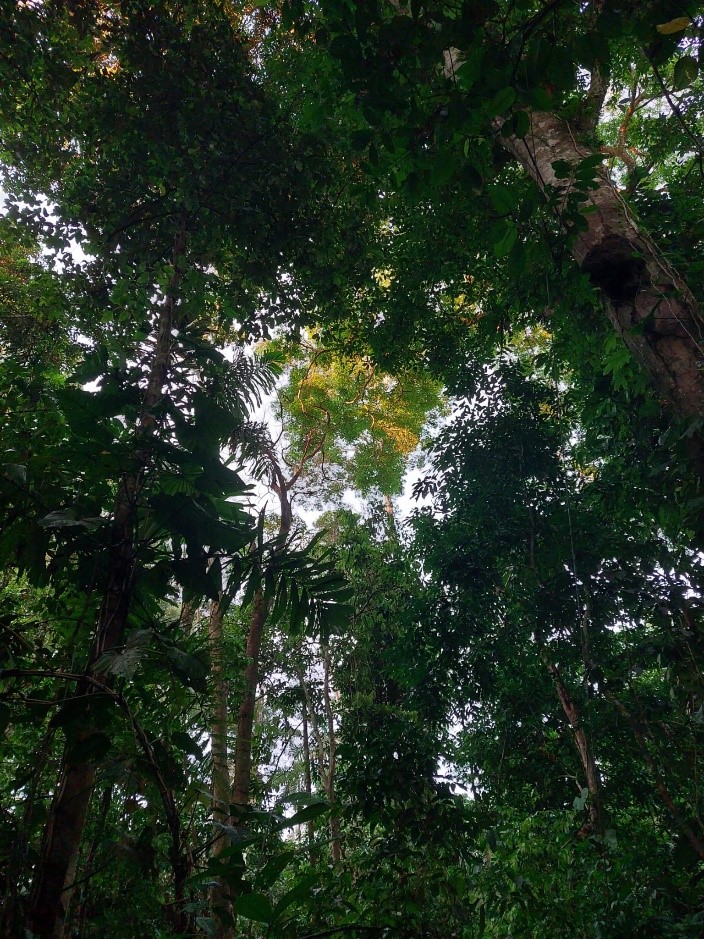
Research Background:
I study primate conservation ecology in the Peruvian Amazon. I am interested in the effect of habitat disturbance on Amazonian primate communities comprising of spider monkeys, howler monkeys, capuchins, titi monkeys, squirrel monkeys and tamarins. Understanding these primates’ ecological requirements is useful, as this information can be used in conservation management planning to ensure these primates’ survival in a rapidly changing environment. This is particularly important for the larger bodied primates – the spider monkeys, important seed dispersers in these forests. Seed dispersal is a mechanism for forest regeneration and fruit-eating primates often disperse larger seeds than other species are able to, making them essential to regeneration. Unfortunately, spider monkeys are vulnerable to habitat loss and hunting; as the sole dispersers for many tropical tree species, losing them could have catastrophic consequences for tropical tree communities. This research uses multiple approaches to investigate how differing degrees of habitat disturbance might affect forest structure and resource availability and how a primate community responds to those changes.
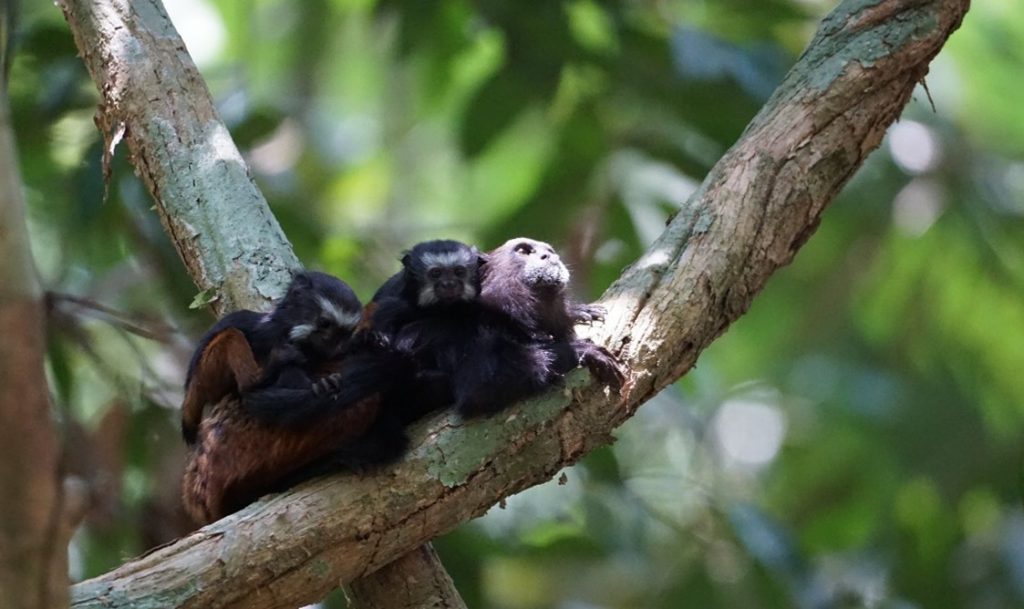
Research Update:
To investigate these habitat associations, myself, and a team made up of MSc students from Manchester Metropolitan University (Rosie Gressieux and Markos Anees) and Peruvian field assistants (Aracely Kiara Meza Fernandez and Victor Hugo Ramos Ascue) studying the primate communities in the lowland tropical rainforests in south-eastern Peru. With the continued support of Rainforest Expeditions, our hosts and project partners in Tambopata, and that of Claudia Torres-Sovero and David Segurado of LinnAeroSpace Peru, and as part of the 8 primate project, this season we started at Refugio Amazonas, a previously logged forest now used for ecotourism and as a Brazil nut concession. If you look at the photos below, you’ll notice the difference in the forest structure between the two study sites – Refugio has a much more open canopy and many more pioneer (light-adapted) species, whereas TRC has a much more closed canopy with much bigger shade-tolerant species (it’s usually a lot darker in more mature forests due to the closed canopy).
We quantified habitat quality across multiple land use types (mature forest, regenerating forest, logged forest, Brazil nut concession) using habitat surveys to collect data on forest characteristics (canopy height, cover, tree density etc). These habitat surveys take many hours and we do them come rain or shine! They are also an amazing opportunity to see more wildlife though as we’re looking around and at the ground, which is different from when we are doing primate surveys where we’re always looking up (neck ache is a big part of the job!)
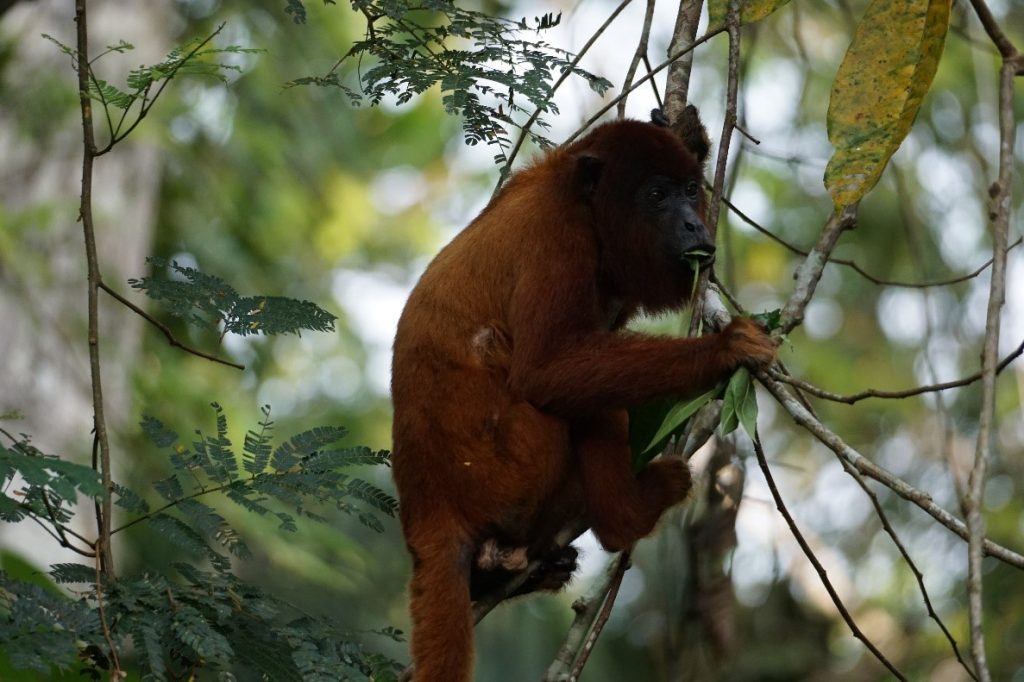
To collect data on the primate community itself we used line transect surveys, to establish population density for primate species. This involves walking a set path numerous times to collect demographic data on any primate groups encountered, such as the number of individuals and their age/sex. This involves getting up before dawn and walking miles very, very slowly looking up and listening for any primates. You might think it would be easy to find monkeys, but there are many miles walked without seeing any! We have completed our data collection at Refugio Amazonas and are now at the Tambopata Research Centre, an in-tact mature forest deep within the National Reserve of Tambopata. This field site has a complete assemblage of species, as it has never been subjected to logging or hunting, including the black-faced black spider monkeys, a species which is negatively affected by habitat disturbance, through habitat loss and hunting. This species is not present at the other study sites (both previously logged and hunted), making sightings of them here feel extra special!
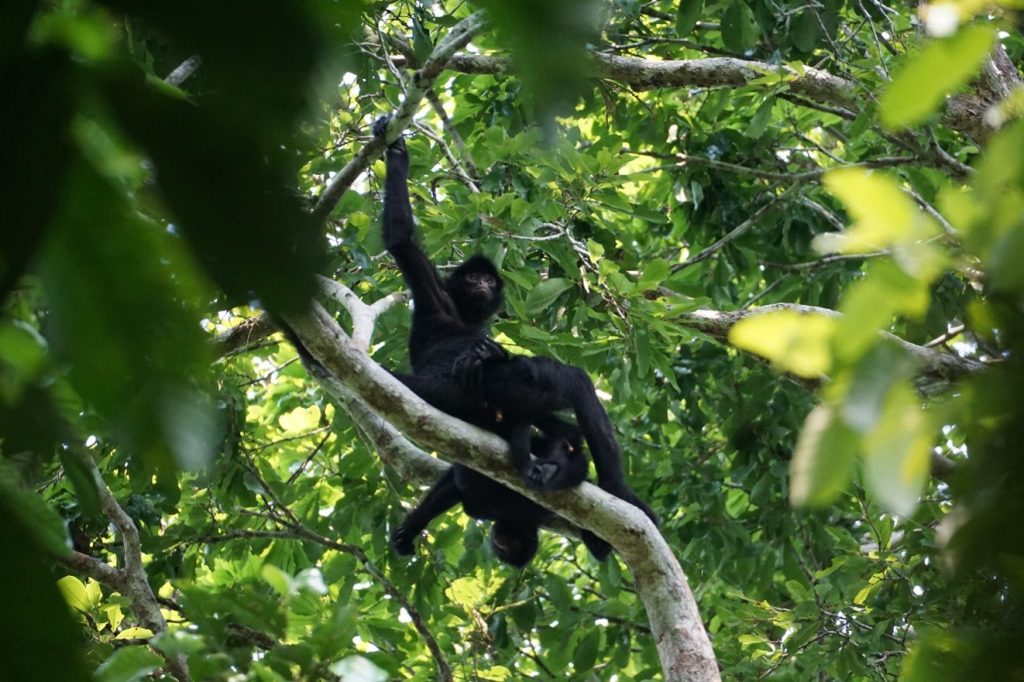
In addition to finding primates we also see a lot of other amazing species here – snakes, spiders, mammals, and so many birds.
We will soon be leaving Tambopata to return home to the UK, but I will be back next summer with a new team, ready to collect more data and follow more monkeys! If you’re an undergraduate or a masters student that might be interested in joining me next summer then please feel free to reach out! If you’re interested in following my research (or just for the primate photos!) then please follow me on Twitter/Instagram (handles below).
Twitter – @LucyMillington3
Instagram – lucymillington_23
This research was funded by: Leverhulme Trust, Rainforest Expeditions, Global Wildlife Conservation, Primate Society of Great Britain, Royal Geographic Society, Ideawild and Manchester Metropolitan University’s Research Support Award.

